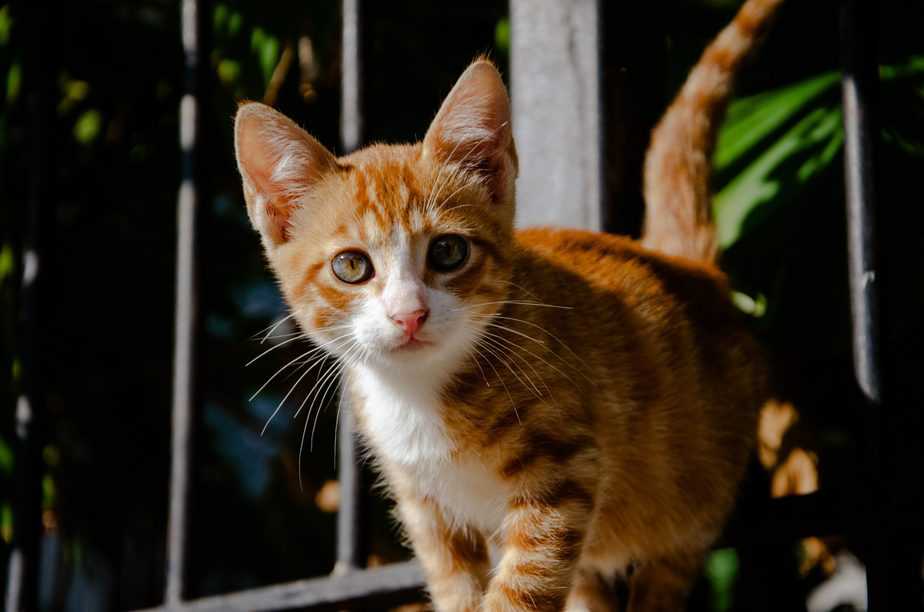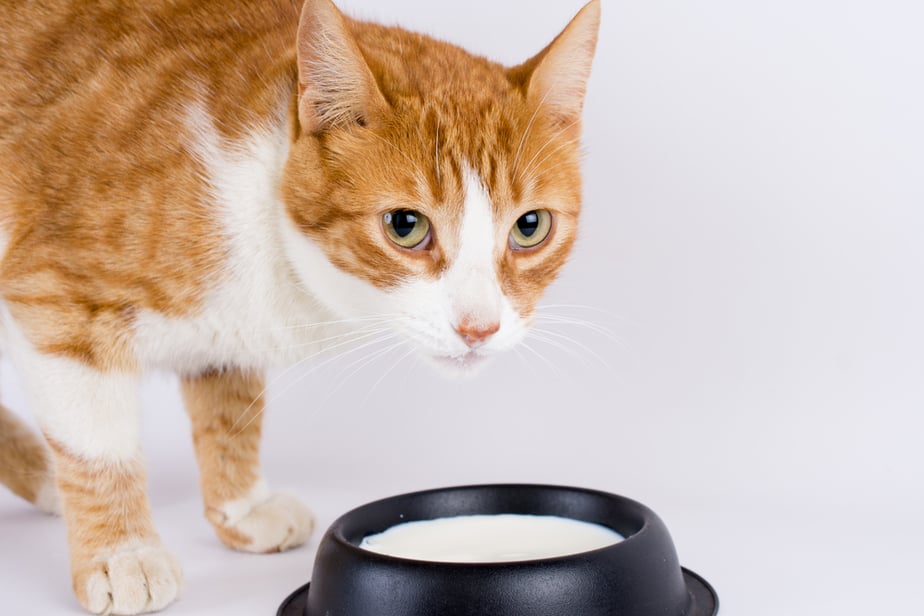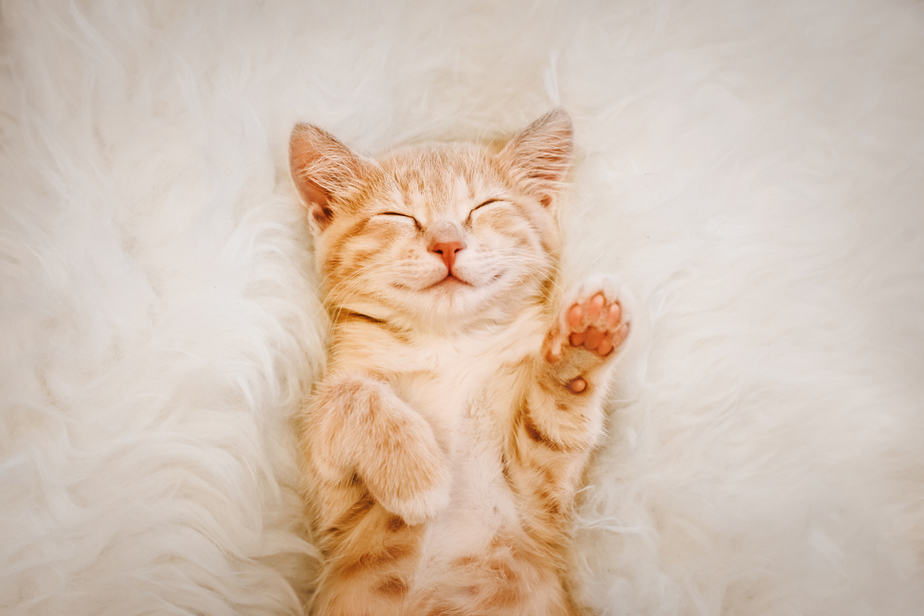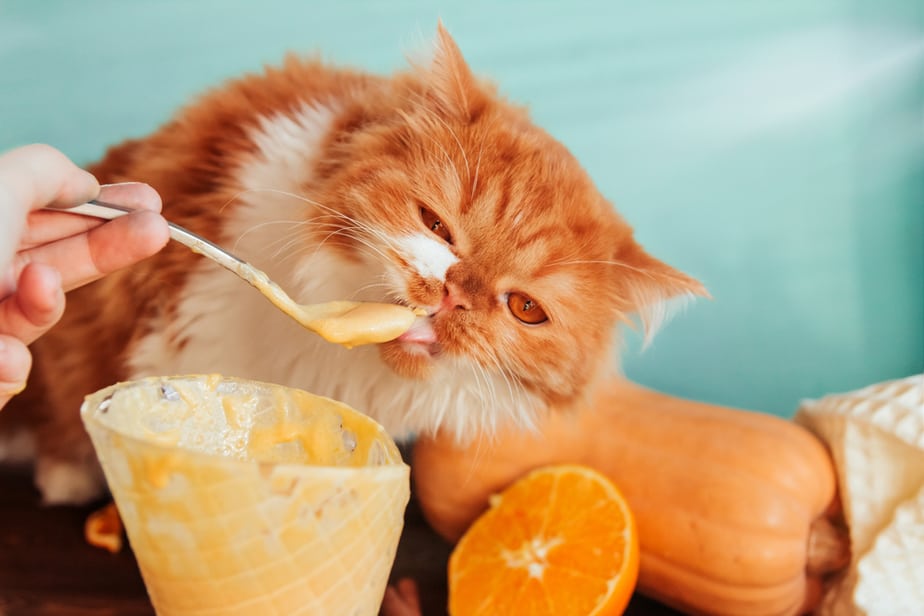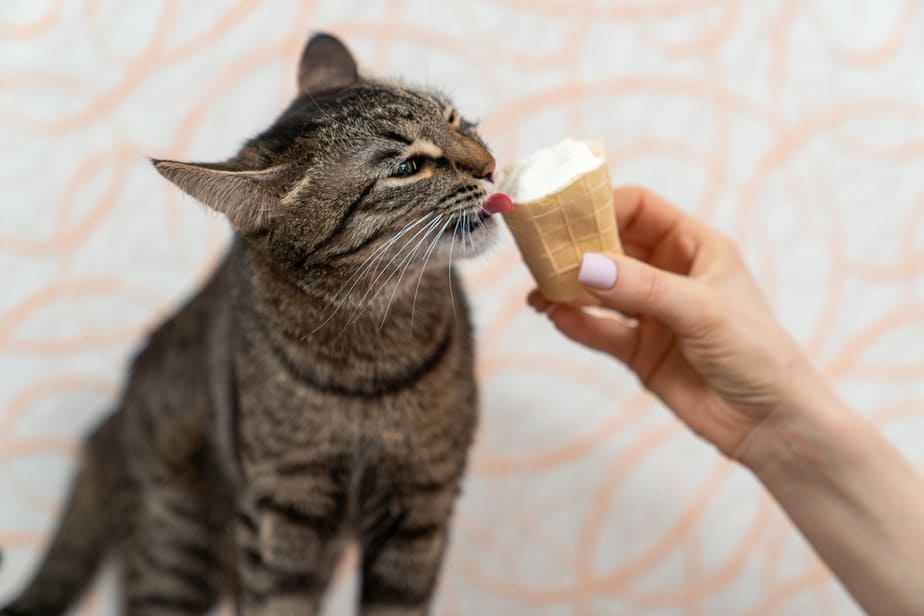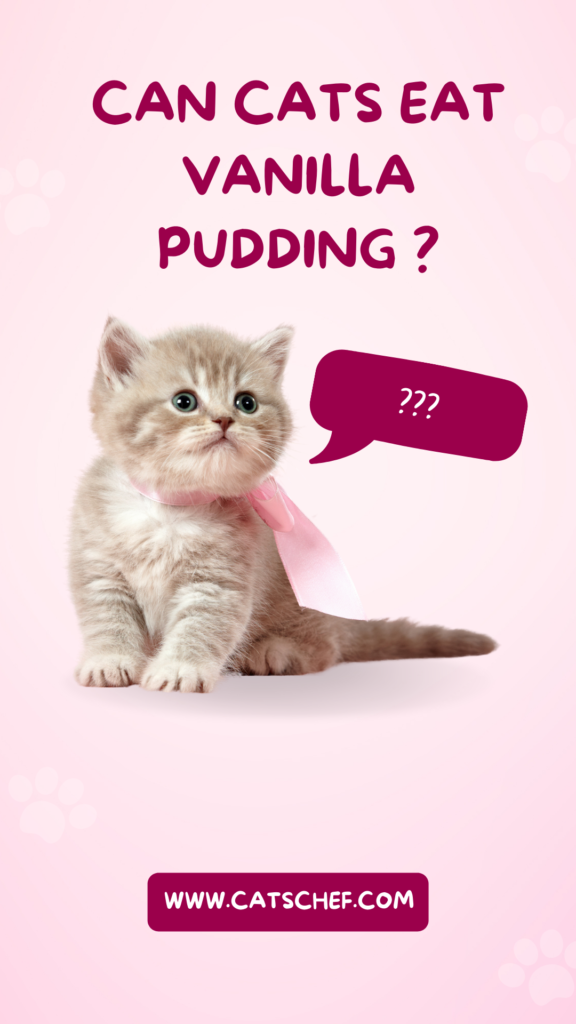📖 Table of Content:
Desserts have been known to take our sweet buds to cloud nine, but what about our felines? One of the most common and easy-to-make desserts is vanilla pudding – soft, creamy, and delicious. While humans frequently enjoy the sweet taste of it, pet owners tend to wonder, can cats eat vanilla pudding?
Cats have been domesticated for quite some time now, and humans have a tendency to treat them as their equals. While this treatment is highly appreciated in other aspects, when it comes to food, it can be quite a risk.
While vanilla pudding may appear to us as a harmless pleasure, alongside many other sweets, it can be potentially dangerous to our pets. Especially if you can’t resist that sad look in your furbaby’s eyes while you’re having scoop after scoop of vanilla pudding. At that point, you’re more than tempted to give them a lick.
Can cats eat vanilla pudding safely?
Vanilla pudding seems harmless at first glance. It’s just a pudding, right? However, there’s more to the eye than just a jiggly and aromatic sweet treat. Vanilla pudding is made of a lot of diverse ingredients that could seem nontoxic to our feline companions.
However, the main ingredients of vanilla pudding are milk, vanilla extract, butter, sugar, as well as cornstarch. All of these ingredients are known to make your cat feel under the weather. So if you ever decide to feed vanilla pudding to your cat, you should consider what these ingredients could do to your kitty’s belly.
1. Can cats eat vanilla or is it dangerous?
The short answer to this question is no. Cats can’t eat vanilla extract as it’s highly poisonous to your pet. It contains ethyl alcohol which, if ingested, could lead to alcohol poisoning. And that’s something you want to avoid.
If your mischievous little paws couldn’t contain herself and stole a lick of a vanilla extract, you should keep an eye on her and look out for any signs of poisoning.
2. Can cats have milk?
While making any type of pudding, milk makes up a large part of it as an essential ingredient. While some cats might enjoy a sip of milk now and then, most cats are in fact lactose intolerant.
When we say they are lactose intolerant, it means that their body doesn’t have the right enzymes to digest sugar called lactose that happens to be found in milk.
This might come as a shock to discover, considering all the stories we always hear about cats drinking milk. Granted, a few sips probably won’t hurt your kitty. But if her greed knows no bounds, you might find your kitten running for the litter box.
Excessive intake of milk of any kind can make your pet uneasy and leave them with a case of diarrhea. Therefore, stop listening to fairy tales and exclude milk from your kitten’s diet!
3. What about butter? Is it safe for cats?
When you think about it, the answer is pretty simple. No, cats can’t eat butter because it contains all of the things our little companions are not supposed to be eating.
Butter is made of cow’s milk, salt and fats. We’ve already touched on cow’s milk and why it’s bad for your cat’s stomach. The same goes for salt, which can actually be highly toxic if your cat consumes it.
Although fat is a nutrient that’s an important energy source, especially for wild cats, fat found in butter isn’t recommended for felines. It can lead to a series of health problems such as vomiting and diarrhea, as well as inflammation of the pancreas. Doesn’t sound so good, right?
4. Can cornstarch be toxic to my cat?
Cornstarch is a useful ingredient made of corn kernels that serves as a thickening compound for many other foods. Sauces, soups, puddings — we make these more dense with a few teaspoons of cornstarch.
While we may find it often in our kitchen pantry, should we put it up to the highest shelf so our cats can’t reach it? Worry not, because cornstarch isn’t toxic to your pet and can sometimes be found even in cat food as a source of carbohydrates.
Cornstarch is made of corn, and while cereals are not your cat’s primary food, corn is rich in gluten. Therefore, it provides the needed carbohydrates for your furry companion.
5. Should I worry about the sugar content in pudding?
While humans can have strong cravings for sweets and naturally crave sugar as a source of fast energy, cats don’t. Your pet may seem as if she’s enjoying the sweet taste of it, but really, it’s nothing close to it.
Cats lack the taste buds that would allow them to perceive the taste of sugar and really enjoy it.
Even though your cat’s receptors lack the ability to taste sugar, it doesn’t mean she should continue eating it. While sugar is known to be non-toxic to your kitten, it can be a foundation for future health problems.
In the same way, they lack taste buds, they also lack the enzymes that would help them digest it. Therefore, cats can’t get any nutritional value from sugar, such as fibers, vitamins, and minerals.
All in all, sugar does no real harm to your cat if it’s not on a regular basis. At the same time, it doesn’t benefit her as well. If your cat has routine access to sugar, you should be ready for potential health issues such as diabetes, tooth decay, and obesity.
6. Am I supposed to feed my cat egg yolks?
This is an amazing question because your cat will be thrilled when you give her this new treat. Eggs are widely used in the human diet and are at the top of the food pyramid. Sometimes, they’re classified in the same category as meat.
However, don’t let it be raw eggs because they can cause her to experience some gastrointestinal problems, not to mention putting her at risk of contracting some dangerous pathogens.
Raw eggs can carry certain diseases, such as salmonella and E. coli. So it’s best if you avoid raw eggs and rather opt for properly boiled or scrambled eggs for your pet.
Eggs are a great protein source for your cat that can improve her health. This nutrient-dense food can boost your cat’s immune system, keep her claws in tip-top shape, and make her coat shine!
Your purrer can benefit from cooked eggs only if there are no traces of any additional seasonings or ingredients. It’s best if you don’t feed your cat too many eggs, though. Even though eggs are a great source of proteins, they shouldn’t replace a cat’s regular diet in any way.
Eggs are best given once or twice a week maximum because of their fat and cholesterol content. If you don’t want your kitty becoming overweight or developing pancreatitis, keep tabs on this treat.
Can cats eat any pudding?
While chocolate pudding may be more harmful to your furry friend than vanilla pudding because of chocolate, you shouldn’t really be feeding it any type of pudding.
It doesn’t even matter if it’s a banana pudding, it’s still harmful to your pet because most of the puddings are made of similar ingredients that won’t make your kitty feel very well.
Does my cat want something sweet?
When you catch your cat trying to dip her paws into something sweet or steal a bite of it, don’t feel bad about getting in the way of it. She may seem as though she’s enjoying it or even craving it, but this isn’t the case.
Cats don’t have receptors that can detect the sweet taste, so it doesn’t really serve them any great delight. They’re just curious! Be sure to keep an eye on your furbaby when trying out some new dessert recipes in the kitchen.
Can my cat have anything vanilla-flavored?
Vanilla icing, vanilla cake, vanilla ice cream and other sweets all have something in common. Vanilla extract is a compound that gives a deep flavor and beautiful aroma that’s often an essential part of baked goods such as cakes, cupcakes, puddings, and others.
While these baked goods may differ in certain ingredients, it’s still not safe for your cat to be fed any of these because of their mutual ingredient. So, in the same way cats can’t eat vanilla pudding, they also better stay away from the rest of the treats that contain vanilla.
Is vanilla yogurt safe for my cat? Green or red light?
Okay, so cats can’t eat vanilla pudding but can they indulge in vanilla yogurt? Is it a better option for them?
Yogurt is still a dairy product and cats are known to become lactose intolerant as they grow older and lose the enzymes they need for digestion of lactose. A bit of yogurt won’t harm your kitty, but you shouldn’t replace it with her regular diet in any way.
Cats are meat-eaters and should be able to fulfill their nutritional needs as determined by nature. While yogurt does have a fair share of minerals such as calcium that are needed for bone health, it’s not required in your pet’s diet because she is already getting it from meat-based food.
While usually harmless, your cat may experience some bad luck with yogurt due to an allergy development that can happen in any period of her life. One day she can have a few licks of this dairy product and the next, it could cause her skin inflammation and itching.
If any of these symptoms are visible to you, or you suspect something may be up with your furry buddy, you should call your veterinarian’s office for a check-up.
Read more:
Can Cats Eat Donuts? Sweet Treats Or Health Hazards?
Can Cats Eat Blueberry Muffins? Are They Healthy For Cats?
In summary
We have concluded that while vanilla pudding or any sort of vanilla-flavored treat could make you drool, it will most likely make your cat sick or allergic to certain ingredients essential to vanilla pudding.
We have provided you with answers to the question of whether cats can eat vanilla pudding, so keep a watchful eye on your feline friends and their talent for stealing your treats.
Read more: Can Cats Eat Rice Pudding? Rice Is Better Than Mice!
